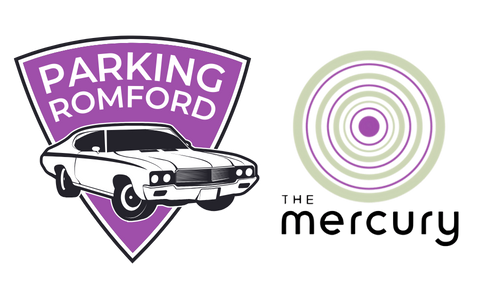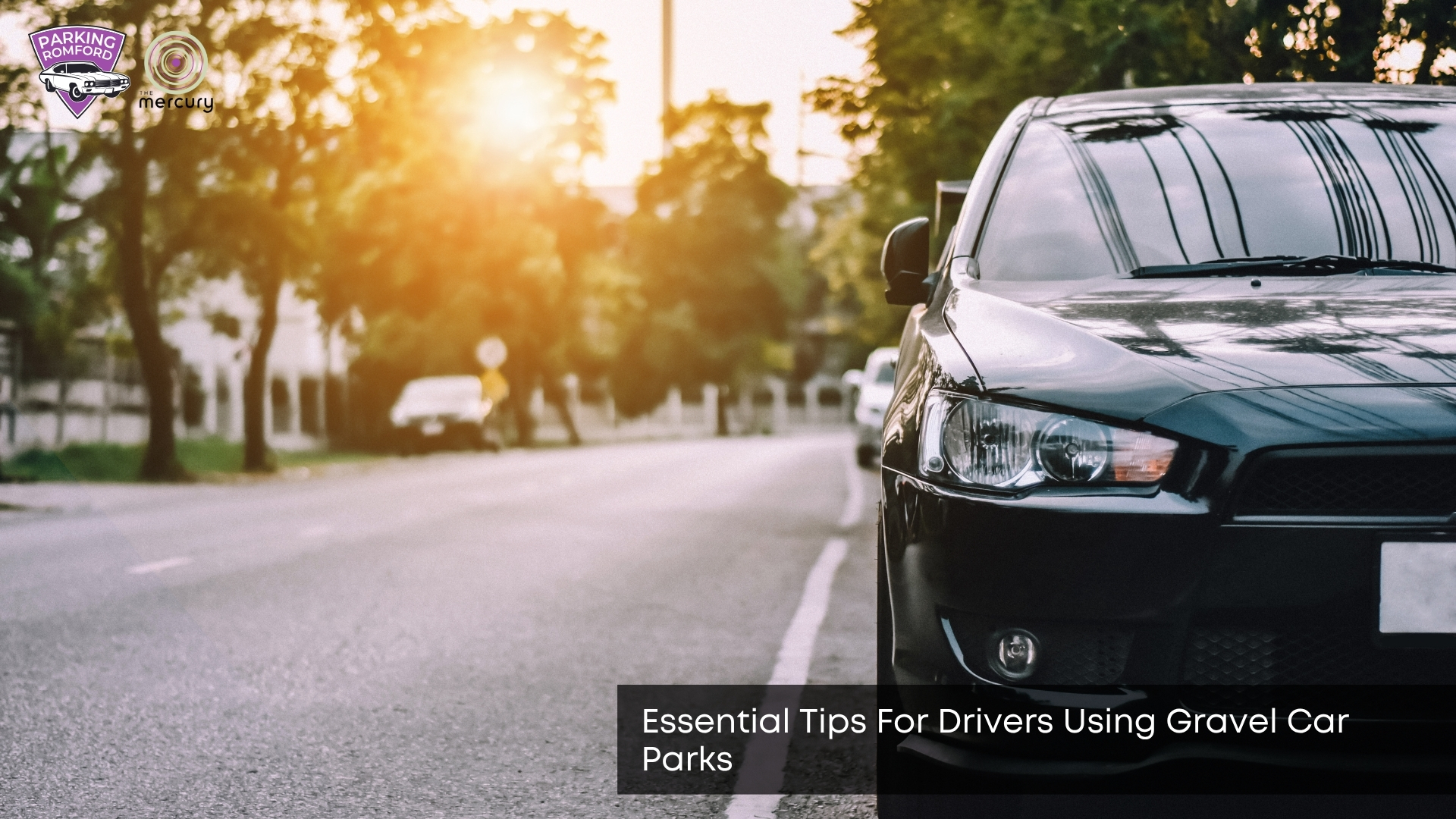Gravel car parks are common in rural areas, at outdoor events, and in private parking zones. They’re cost-effective, low-maintenance, and provide good drainage. However, they come with different challenges than tarmac or concrete surfaces. From handling your vehicle to preventing damage, a few simple tips can help you park safely on gravel. So, what do drivers need to know to use these surfaces with confidence?
What Makes Gravel Car Parks Different from Paved Ones?
Gravel car parks are loose-surfaced, which means your tyres don’t grip the same way they do on tarmac. Stones can shift under pressure, making starting and stopping more delicate. There’s also a risk of gravel causing scratches or bouncing into undercarriage components. While these surfaces may seem basic, they behave quite differently under your wheels. That’s why vehicle control is especially important.
How Should You Drive on a Gravel Surface?
Drive slowly and steadily on gravel to avoid spinning your tyres or sliding. Avoid harsh acceleration and brake gently, as sudden movements can cause your wheels to dig into the loose stones. Turning too sharply can also cause the gravel to shift unevenly, creating dips or ridges. Keeping a calm, controlled pace will give your tyres more stability. But what about when you need to park and exit the vehicle?
Where’s the Best Place to Park in a Gravel Car Park?
Choose a level area that’s not too close to the edge or sloping spots where gravel might be thinner. Look for well-compacted zones where previous cars have parked, as these offer better footing. Avoid muddy patches or areas with loose, scattered stones whenever possible. Parking smartly reduces the chance of your wheels sinking or slipping later. Once you’re in position, there’s one more safety factor to think about.
Do You Need to Use the Handbrake Differently?
Yes, always apply your handbrake firmly when parked on gravel to prevent any chance of rolling. If you’re on a slight incline, turning your front wheels towards the curb or edge adds extra security. On loose gravel, you might also consider leaving the car in gear if it’s a manual transmission. These small steps help keep your car from shifting position unexpectedly. After parking, your tyres deserve a quick look too.
Should You Check Your Tyres After Parking on Gravel?
It’s a good idea to check your tyres for lodged stones or wear after leaving a gravel car park. Sharp stones can sometimes become lodged in the treads or even cause small punctures over time. Brush off any buildup around the wheels or arches before driving off. A quick check can avoid long-term tyre problems and improve safety. Another factor to consider is how gravel might impact other parts of your vehicle.
Can Gravel Damage Your Vehicle?
Gravel can scratch paint, crack undercarriage parts, or chip lights if kicked up at speed. This is especially true if you’re following too closely behind another car. A mud flap or protective film can help shield against these minor dings. Staying aware of how your car reacts to rougher terrain makes all the difference. And if you’re running a business or private site, surface upkeep matters too. Good upkeep makes a gravel car park more user-friendly and reduces the risk of accidents. However, even a perfectly smooth surface won’t help much if the signs are missing. For more general advice, the full Romford parking guide can help plan your trip in advance.
How Can Gravel Car Parks Be Maintained for Better Safety?
Regular raking and compacting help even out the gravel and prevent deep ruts from forming. Adding fresh layers when stones thin out keeps the surface safer for all users. Marking parking areas and edges also prevents confusion and improves flow. Good upkeep makes a gravel car park more user-friendly and reduces the risk of accidents. However, even a perfectly smooth surface won’t help much if the signs are missing.
Why Are Signs and Lighting Still Important on Gravel Sites?
Even though gravel car parks are informal, signs and lighting are key for safety. Clear entry and exit signs reduce reversing and hesitation. At night, good lighting prevents people from tripping or parking in awkward positions. Reflective posts or temporary cones can make edges more visible in low light. Once signage is in place, one final tip can help avoid common driver mistakes.
What Final Tips Help Drivers Use Gravel Car Parks with Ease?
Stay alert, go slow, and give yourself space to manoeuvre in a gravel car park. Avoid tailgating other drivers or rushing to park, especially in unfamiliar layouts. If possible, wear sturdy shoes to prevent slipping when walking across the stones. These basic habits make gravel parking much more manageable. Understanding all these points leads us to one helpful conclusion. For longer stays, you might want to consider the main all-day parking options in Romford for added convenience.
How Can These Tips Make You a More Confident Gravel Parker?
By understanding how gravel behaves and adjusting your driving, parking, and maintenance habits, you can reduce risks and improve safety. These tips help prevent damage to your vehicle, tyres, and paint while keeping parking stress to a minimum. From choosing the right spot to checking your surroundings, each step adds up to a better experience. With this knowledge, gravel car parks become much easier to handle wherever your journey takes you. If you’re considering enclosed or mixed-use sites, this storage unit parking guide explains how to handle those spaces confidently too.


Leave a Reply